
This ghostly indicator is to be found on the door of a two-storey building in Porthmeor Road, near the Island in St. Ives, Cornwall. Possibly rendered in his hand, the inscription denotes the studio of sculptor, painter and writer Sven Berlin, one of the last surviving members of the St Ives School. The son of a Swedish timber merchant from Sydenham, Berlin never received formal art school training, and was mainly self-taught. His previous career was as a music hall dancer, which bought him into contact with such luminaries of the profession as Bud Flanagan and Nervo and Knox. He came to Cornwall in 1938, and received some training in watercolour from Arthur Hamley, an artist based in nearby Redruth. He spent some time as a gardener in 'Little Park Owles', the large house belonging to painters Adrian Stokes and Margaret Mellis which overlooked St Ives Bay. It was through Mellis and Stokes that he came into contact with Ben Nicholson, Barbara Hepworth and their coterie, and was later affiliated to the infuential 'Crypt' group, which also included artists such as Bryan Wynter and Patrick Heron. Beginning World War Two as a conscientious objector, he changed his opinion of the conflict after becoming deeply affected by some naval bombing in the Channel, subsequently serving in the Army in France. During his tour of duty, he sent back a series of diary-like letters to Stokes, and these formed the basis of 'I am Lazarus', which was published in 1961. It was during the war that he also spent time working on the first (and some would say definitive) monograph on Alfred Wallis, the primitive painter first 'discovered' by Nicholson and Christopher Wood, who began painting in his eighties 'for company', and who died in Madron Workhouse in 1942. First published in 1948, Berlin portrayed Wallis as an 'exploited genius'- to quote Peter Davies in Berlin's obituary from 1999. Berlin's verdict of Wallis' fate angered Nicholson, and as a result, he became estranged from what he perceived as the Nicholson stranglehold in the dealings of the Penwith Society, which largely dominated the St Ives movement.
Berlin's graphic style most resembles that of Henri Gaudier-Brzeska, particularly in those images that accompany his own books, According to Davies; 'his subjects were "folky', concentrating on harbour life, on the fishermen and on labourers. Such motifs were no more mundane than they were polemical or political; a flamboyant, expressionistic use of colour imparted a mood of almost mythical intensity'.
Berlin left Cornwall in 1953, profoundly disillusioned with the abstract formalism of the St Ives movement and, encouraged by Augustus John, moved to the New Forest, and became fascinated with the gypsy communities residing there. Romany culture became the pivotal component in his novel 'Dromengro; Man of the Road'. published in 1971. His continued interest in fishing and the fishing community also produced the 1964 book 'Jonah's Dream'. Berlin ran a small zoo in the 1960s with his second wife Helga, and it was during this period that he produced 'The Dark Monarch', a barely-fictionalised sort of roman-a-clef, based on his experiences in St Ives. It was withdrawn from sale after four successful libel actions by the extended families of some of the original St Ives painters. He returned to canvas painting in the 1970s, living on the Isle of Wight with his third wife, and his final years were lived in Wimbourne in Dorset, where he continued to write. He produced an autobiography, entitled 'Coat of Many Colours' was published in 1994 and followed by a second volume in 1996, entitled 'Virgo in Exile'.





















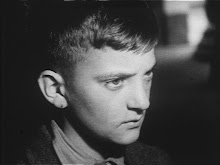









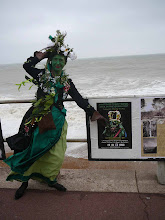






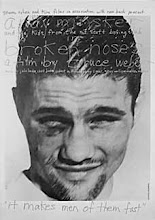
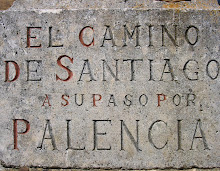

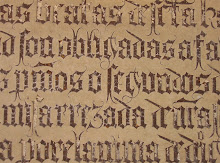

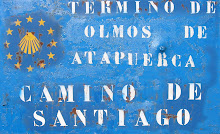



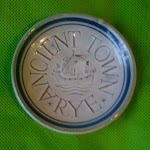
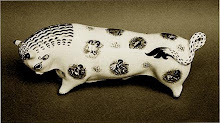
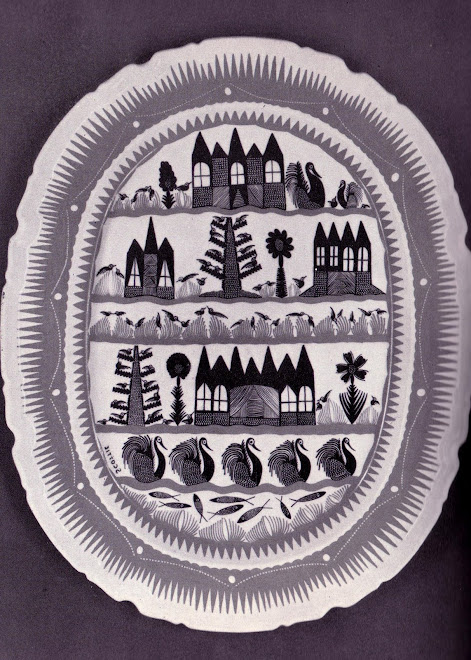
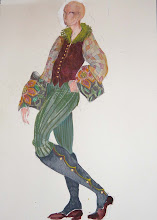





No comments:
Post a Comment